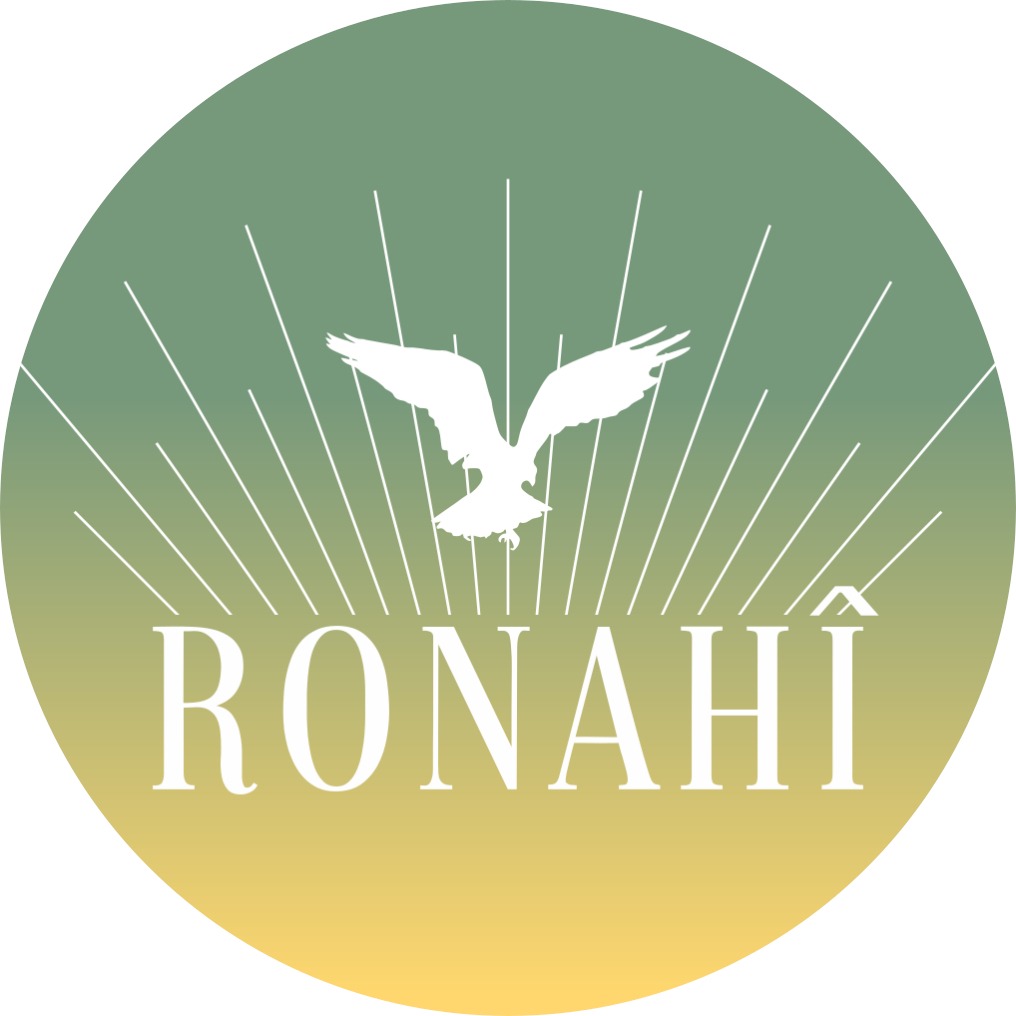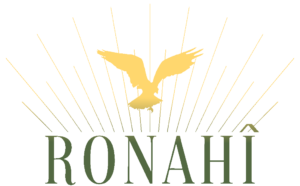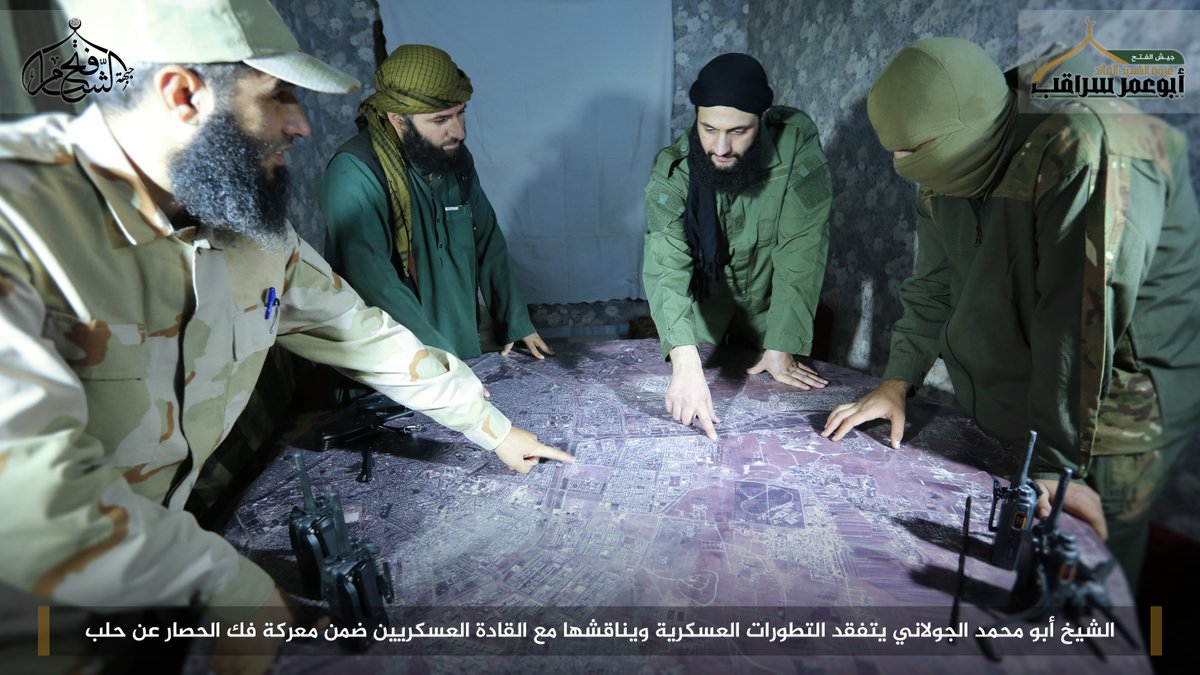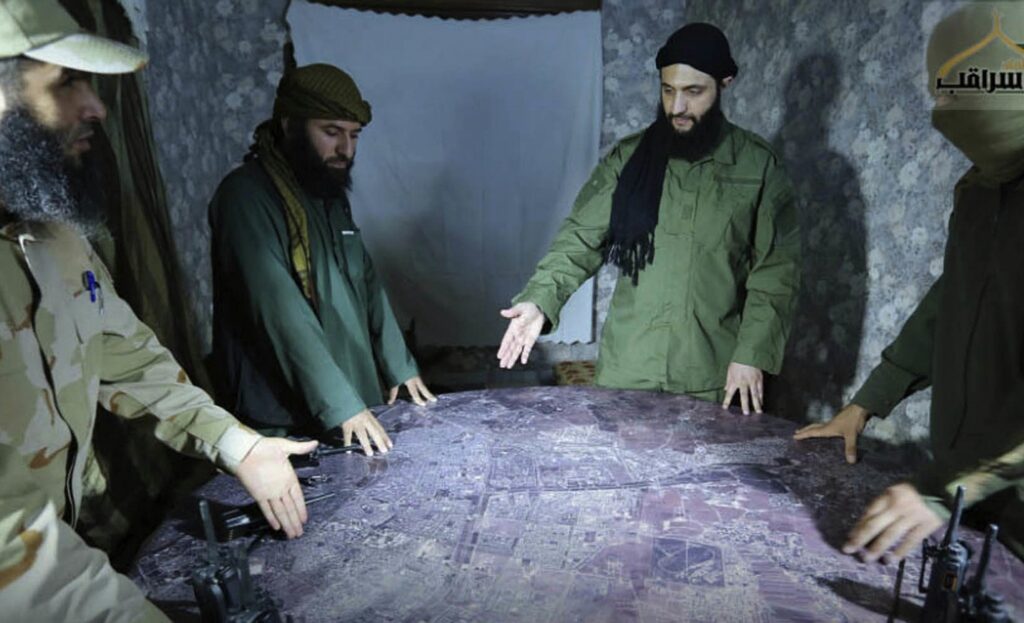
Western media reacted with lightning speed to the renewed fighting in Syria: “rebels” or “insurgents” were entering Aleppo, wrote most newspapers such as the BBC, CNN or FAZ. Other newspapers such as Süddeutsche or Le Monde write of “jihadists” or “islamists”. A closer look is necessary.
Two groups are of particular importance:
1. the terrorist group “Hayat Tahrir al-Sham” (HTS), which is the Syrian al-Qaeda offshoot and used to be called the front of Al-Nusra.
2. The proxy army “Syrian National Army” (SNA), which is loyal to Turkey. While the HTS is currently invading Aleppo, the SNA is preparing for a major attack on the self-administration in Tel Rifat (Efrîn-Şehba). Meanwhile, the Turkish air force and artillery are bombarding the region. Jihadist mercenaries are also currently being transferred from Turkey to Northern Syria.
Ferhad Şami, spokesman for the Syrian Democratic Forces (QSD), recently stated:
“The attack plan was drawn up by the Turkish state and Turkey wants to implement it with Al-Nusra. The attack follows a concept and is led step by step by Turkey. For a better understanding of this operation, Turkey’s role must be seen. Turkey does not want peace to return to Syria. In order to occupy Syria in the long term, the names of the gangs are being changed, but it is the Turkish state that is coordinating them.”
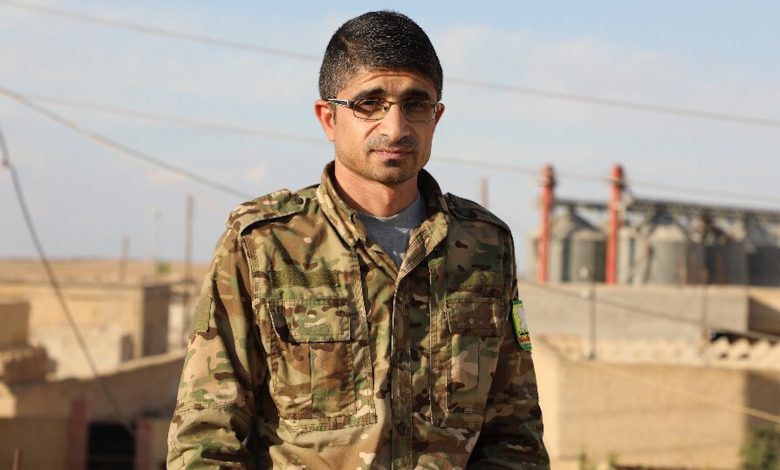
The confusion of terms in the Western media stems from the Turkish state’s strategy of using and coordinating jihadist organizations of different ideological and political orientations for its own occupation plans. While the HTS is internationally regarded as a terrorist group, the SNA is tolerated as a supposedly moderate “rebel group”. This is because the SNA is more directly subordinate to Turkey. In addition, member and predecessor organizations of the SNA have received support from Western forces in the past. Turkey is exploiting this ambivalent behaviour on the part of the West in order to implement its own occupation plans. And the Western media are also reacting ambivalently.
On the one hand, it must be clearly emphasized that the HTS and the SNA are clearly terrorist-jihadist. On the other hand, everybody should be aware of how the AKP/MHP regime has already supported jihadist groups such as the Islamic State (IS) logistically and financially – and is ideologically close to them via the Muslim Brotherhood. We must not forget, for example, that Turkish journalists Can Dündar and Erdem Gül published images in Cumhuriyet on May 29, 2015, which proved that the Turkish secret service MIT was supplying weapons to Islamists in Syria. It should also be pointed out that the jihadists of the SNA and the Turkish army have committed and continue to commit countless war crimes in Efrîn in North-Western Syria, which has been occupied since 2018.
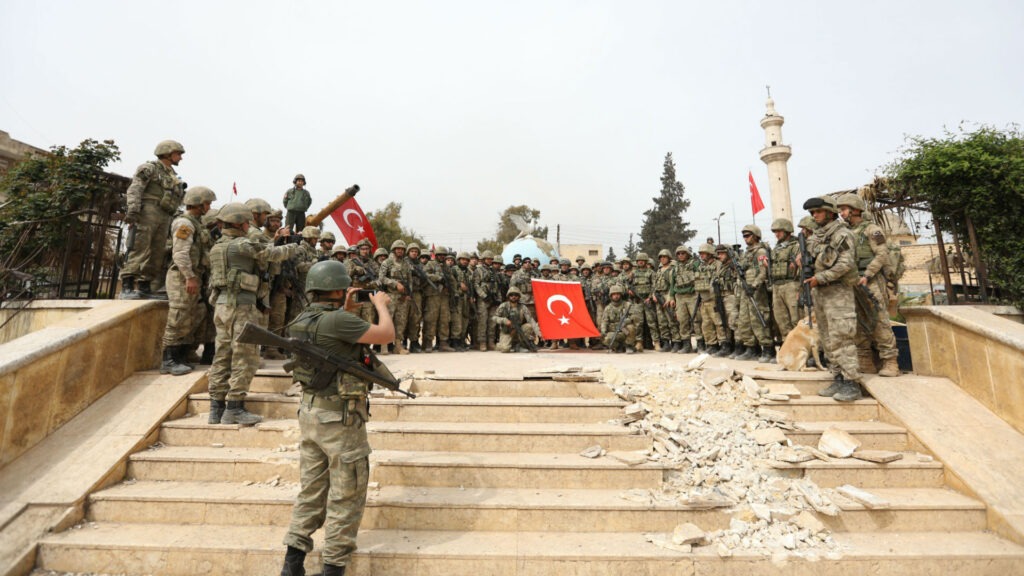
The European Center for Consitutional and Human Rights writes: “Turkish-backed armed groups operating under the umbrella of the Syrian National Army (SNA), which had already committed crimes in many places, have imposed arbitrary rule in Afrin. With Türkiye’s knowledge, they systematically commit atrocities, including arbitrary arrests of civilians, sexual violence, torture, as well as systematic looting and killings.” The predominantly Kurdish population was driven from their land and homes. Within six years, more than ten thousand people were abducted by SNA jihadists. According to lawyer Roşîn Hido, co-chair of the Union of Lawyers in the canton of Efrîn-Şehba, they demand ransoms or force women and girls into marriage and abuse them as slaves. Where the HTS and SNA stand historically and ideologically becomes clear in the following words of Roşîn Hido: “Of course, [the war crimes of the HTS and SNA] are also about revenge for IS, in whose downfall Kurdish women were largely involved.”
A closer look at the member organizations also reveals that it is not rebels or insurgents who are on the advance here, but jihadist terrorist groups that are in no way inferior to the Islamic State (IS). To name just a few examples:
a) HTS is the successor organization to the Al-Nusra Front, the Syrian offshoot of al-Qaeda. It was the former IS leader Abu Bakr al-Baghdadi who brought the supreme warlord of HTS Abu Mohammad al-Cholani, who is currently leading the attack on Aleppo, to Syria so that al-Qaeda could establish itself in Syria. Later, power struggles broke out between Al-Baghdadi and Al-Cholani for the leadership of the jihadist movement in Syria. Al-Cholani de facto won this power struggle after the territorial destruction of IS. In that sense it is no wonder that many former IS fighters take part in the current war.
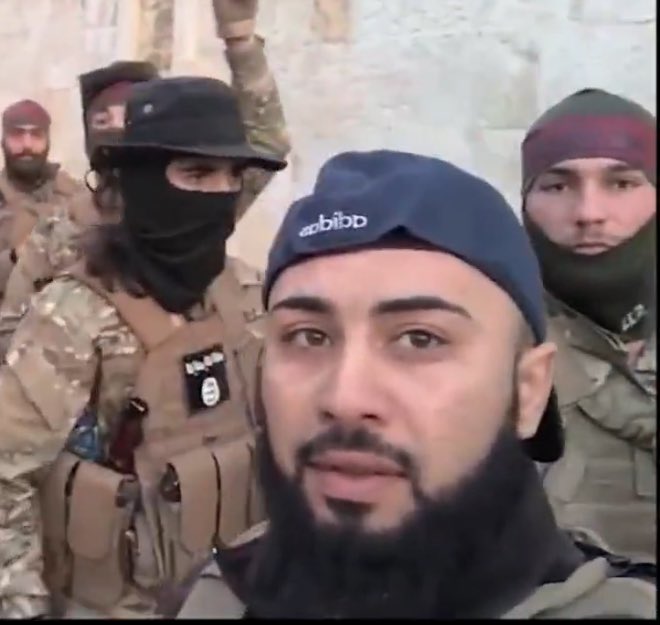
In Europe these terrorgroups are active as well: The perpetrator of the most recent terrorist attack in Munich on September 5, 2024 was a supporter of this same Al-Nusra Front and was observed by the Austrian security authorities because he would have spread propaganda for the HTS.
b) According to a report by Amnesty International (May 2016) and the Independent International Commission of Inquiry on Syria, the Turkmen fascist Sultan Murad Brigades committed numerous war crimes against residents of the Kurdish district of Şêx Meqsûd in Aleppo after Fatah Halab, an alliance of jihadist terrorist organizations, failed to conquer Şêx Meqsûd. Arbitrary shelling of the Kurdish city district caused direct civilian causalties. The Sultan Murad Brigades and other terrorist organizations are now members of the SNA and are attempting to conquer Aleppo and the Kurdish Şêx Meqsûd for a second time, so to speak.
c) In 2016, a video circulated on the internet in which Nour al-Din al-Zinki fighters beheaded a 12-year-old Palestinian boy. The video became a scandal as this terrorist group had previously received military and financial support from the US, UK, France, Turkey and some Gulf states as a “rebel group”. Elements of this terrorist organization were later integrated into the SNA under the influence of Turkey.
These examples are not even remotely exhaustive in order to understand the full extent and reality of these terrorist organizations supported by Turkey and partly by the West. However, they do help to visualize that there are little to no ideological and political differences between IS, HTS and SNA. This makes the inability of the Western media to develop clear and unambiguous reporting on the new escalation of the civil war in Syria all the more bizarre. It is important to call the HTS and the SNA what they are: jihadist terrorist groups loyal to Turkey.
Mahîr, for Ronahî – Youth Center for Public Relations.
